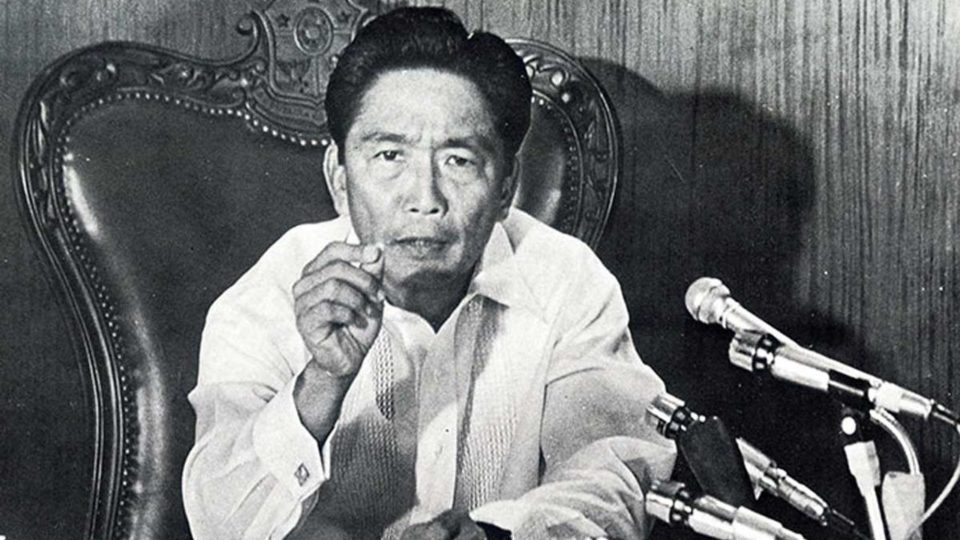Today, September 21, marks 49 years after former President and dictator Ferdinand Marcos signed Proclamation 1081, effectively declaring martial law in the Philippines. This began a period of authoritarian rule, marked by the death of press freedom, widespread human rights violations, and plunder.
Despite these transgressions being widely recorded, myths about Martial Law continue to perpetuate, tarnishing the memory of those who have suffered under the period, and distorting the truths about how the country has suffered during this dark regime.
Read: The internet is fuming at Toni Gonzaga’s interview with Bongbong Marcos
Here, a quick reminder of how bad martial law was during the time.
Under martial law, 70,000 were detained, 34,000 were tortured, and 3,240 were killed by the military and police.
These figures from Amnesty International show that the regime was rife with human rights violations: including 70,000 incarcerations (many of them warrantless due to the writ of habeas corpus being suspended); 34,000 documented tortures; over 3,200 extrajudicial killings; and 77 disappearances.
The UP Institute of Human Rights posted a compilation of quotes from Supreme Court cases related to martial law and the Marcos dictatorship that dealt with many of these violations.
6 out of 10 Filipinos were poor during martial law.
Contrary to revisionists’ claim that the Philippines was in its “golden age” during the time, poverty became more widespread under Marcos. When Marcos took office, 4 out of 10 Filipinos were poor; this number rose to 6 out 10 by the end of his rule, according to the Martial Law Museum.
The country’s debt rose to $28.86 billion.
Again debunking the myth that the country was in its golden economic years under Marcos, the country’s international debt rose from $0.36 billion in 1961 to $28.26 billion in 1986 — a massive burden that Filipinos continue to pay for to this day.
464 media outlets were closed after martial law was declared.
On September 22, 1972, Marcos ordered the military to take over the assets of major media outlets. Six days later, Marcos ordered the Department of National Defense to sequester the facilities of ABS-CBN and ABC.
A total of 464 media outlets were closed after the declaration of martial law, according to the Inquirer archives, including church publications.
We hope this has refreshed your memory. Today is a good day to pick up a book, hear the stories of the victims during this time, and say #NeverAgain.
In case you’re looking for a must-read to enlighten yourself on the truths of the Marcos regime, here is a link to a free and full copy of The Conjugal Dictatorship by Primitivo Mijares.
Sociologist Ash Presto (@sosyolohija on Twitter) also tweeted an extensive compilation of other references to check out for your martial law education.
Tomorrow is the 46th anniversary of the declaration of Martial Law by the late dictator Ferdinand Marcos.
Here’s a THREAD of good readings to learn more about the atrocities committed and sacrifices made during this period. Will provide links if available for free online.
— Ash Presto 💜 (@sosyolohija) September 20, 2018
Read: Recto Mercene, photographer behind Ninoy Aquino’s historic assassination photo, needs help




